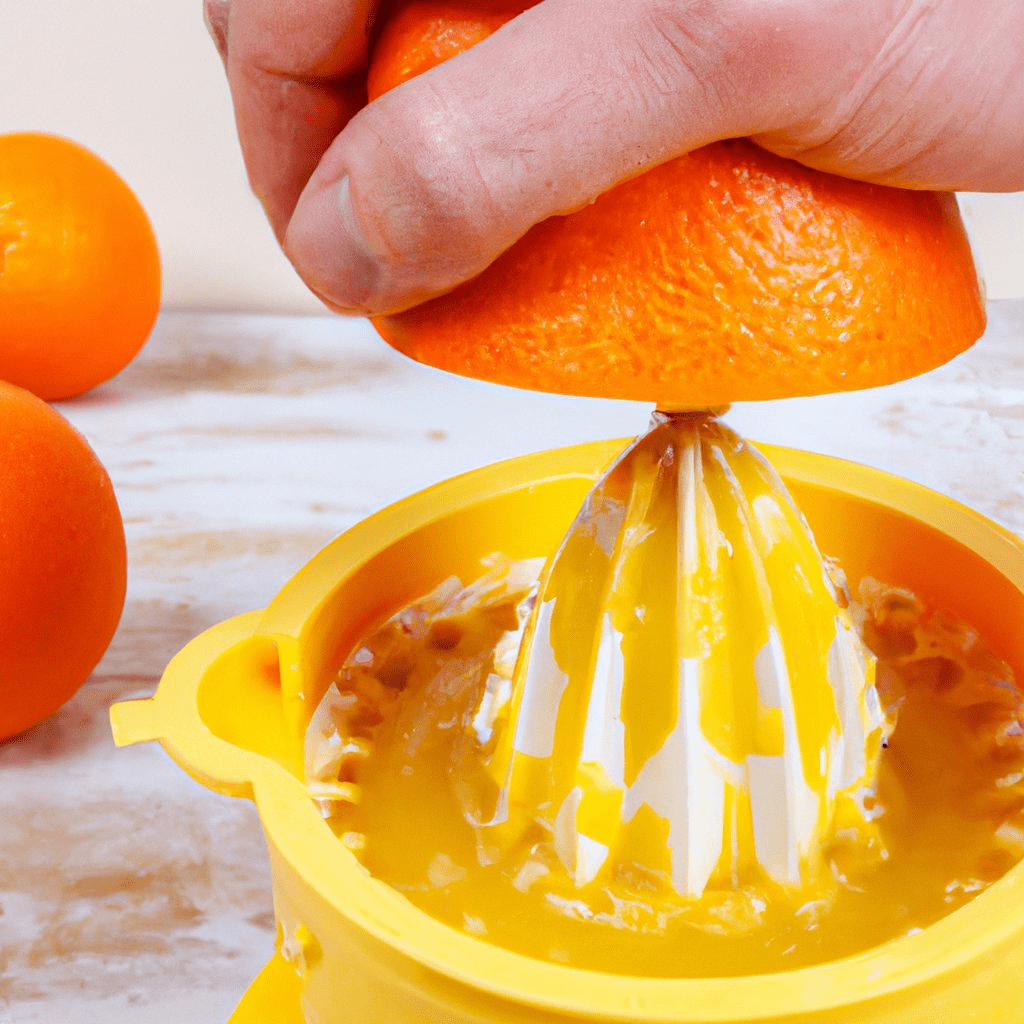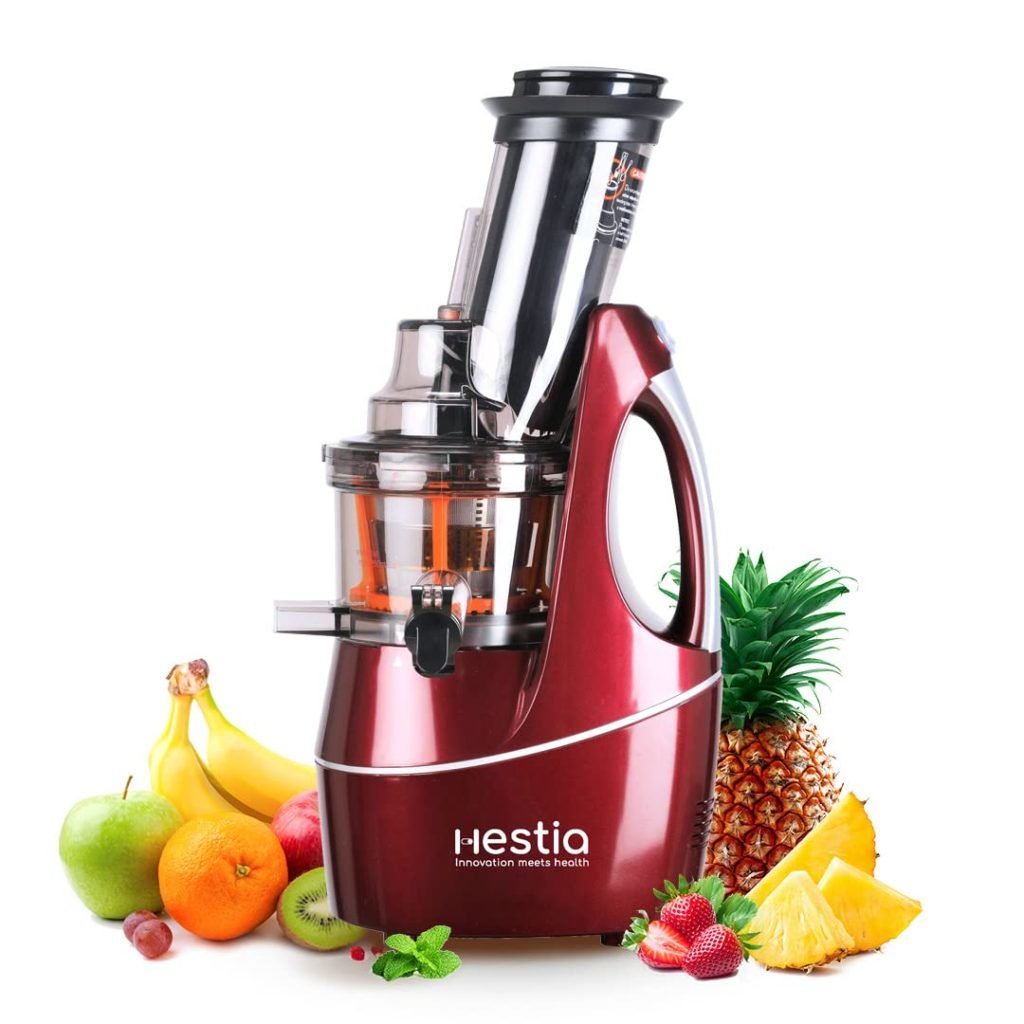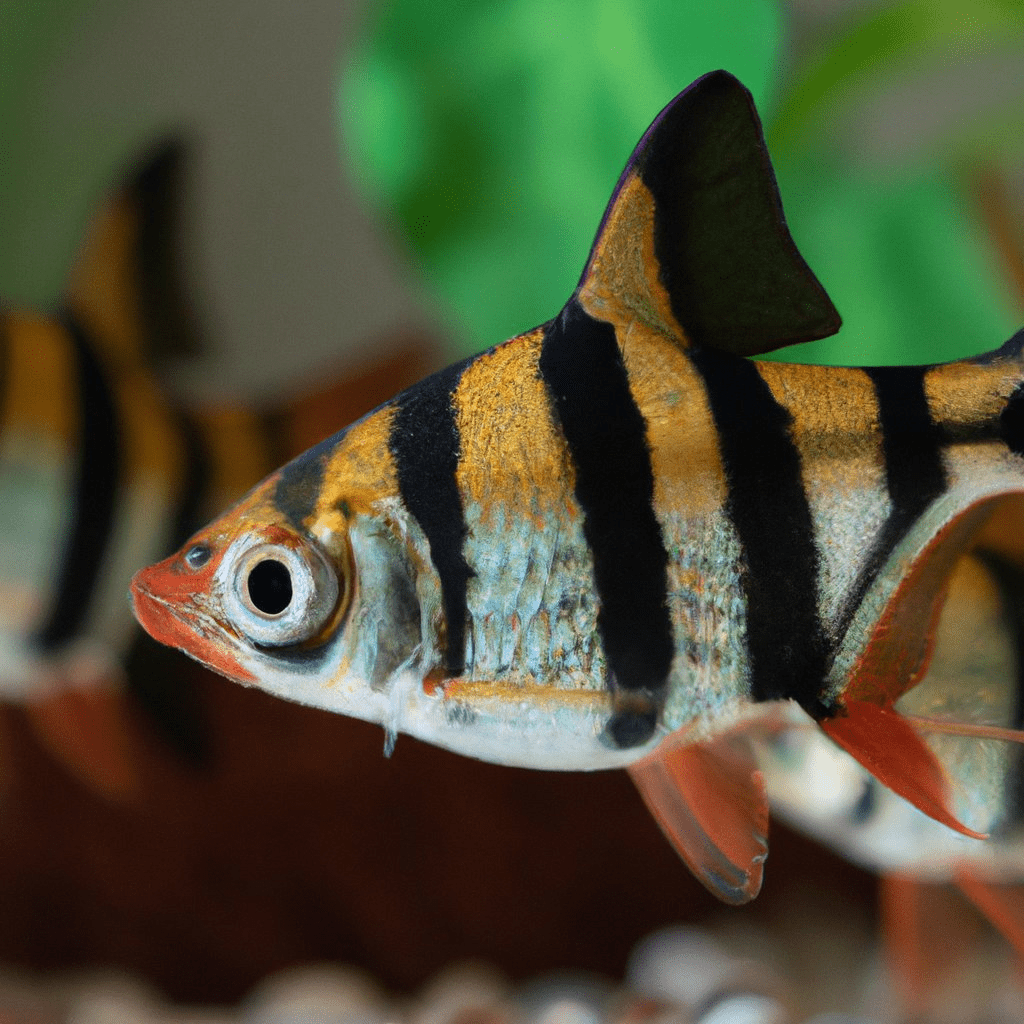The Complete Guide to Cutting Metal on an Angle and How to Use It
Cutting metal on an angle is a useful skill to have in many fields and industries. It can be used for furniture, sculpture, and jewelry among others. The following guide will teach you how to cut metal on an angle and use it for various purposes.
This guide is also helpful if you want to learn more about the basics of cutting with a hacksaw or other tools.
Introduction: What is a Cutting Tool and Why Are There Different Types?
Cutting tools are used in many industries and they can be found in almost every workshop. They can be used to cut metal, wood, plastic, etc.
There are different types of cutting tools depending on their function and how they work. Angle cutters cut at an angle while angle grinders rotate a cutting tool that is fixed in place and spins.
How to Choose the Best Angle Grinder for Your Needs
Angle grinders are a tool that is used to cut and shape metal, plastic, wood, and other materials. It is important to know what angle grinder you should buy in order to get the best performance.
Choosing the right angle grinder for your needs can be a daunting task. There are many options available in the market, so it's important to do your research and make sure you buy an angle grinder with features that will suit your needs.
An angle grinder is a tool that uses rotating blades or discs attached to an electric motor to cut or shape metal, plastic, wood and other materials. It is important to know what type of material you will be using it on before buying one as there are different types of grinders designed for specific materials. For example, if you want an angle grinder for cutting steel then it might not be the best option since these grinders typically have less power than those designed for cutting aluminum or copper.
How to Use an Angle Grinder Safely & Effectively
An angle grinder is a tool that can be used in many different ways. It can be used to cut metal, remove paint, or even grind wood. There are many safety precautions that need to be taken before using an angle grinder.
Safety precautions:
Wear eye protection and ear protection while using an angle grinder.
Make sure you have a firm grip on the tool and wear gloves when handling it.
Don’t hold the tool with your hand for too long as it may become uncomfortable and cause blisters on your hand.
How does a Cutting Tool Work?
A cutting tool is a machine or device designed to cut a material. It is typically used in metalworking and woodworking, but also in other fields such as construction. A cutting tool can be powered by a motor, an electric motor, or an internal combustion engine.
A cutting tool consists of a blade that rotates around its axis of rotation, which can be either horizontal or vertical. The blade has a sharpened edge and the material being cut passes between the blade and the surface being cut. The force applied to the material is transmitted by the blade to the workpiece by means of deflection as it cuts into it.
Cutting tools are widely used in industry for shaping metal, wood, stone and plastic materials into various shapes for specific purposes like making parts for cars, bikes and electronics; or making furniture such as tables, chairs or beds.
Conclusion: Using a Cutting Tool is Very Effective in Removing Large Amounts of Materials Quickly
The conclusion of this article is that using a cutting tool is very effective in removing large amounts of materials quickly.
This article has given examples of how to use a cutting tool for different purposes, such as for wood and metal. It has also gone into the benefits and drawbacks of using a cutting tool.
The most important thing to remember when using a cutting tool is to always wear gloves, goggles, and ear protection when handling the material you are cutting.
FAQ
—
What is a cutting tool? keywords: cutting tool, angle cutter, angle grinder
The cutting tool is an instrument used for the purpose of cutting metal, plastic, wood, stone and other materials. It is a rotary-type tool which uses the rotation of a blade to cut through other materials.
The angle grinder is a type of cutting tool that has been developed for use in many different industries. It has been designed to be more efficient than other types of cutting tools and it can be used in many different types of applications such as grinding, polishing, sanding and more.
The angle grinder features a motor that rotates two or three blades at high speed. The blades are attached to the motor shaft by means of bearings or gears so that they can rotate freely without any wobbling or vibration.
What are the different types of cutting tools?
There are many different types of cutting tools, from the most basic to the most complex. Here is a list of the most common types of cutting tools:
What are the benefits of using a cutting tool?
Cutting tools are used to cut through metal, wood, and other materials. They can be used for a variety of purposes such as making holes in something or cutting through it.
There are many benefits of using a cutting tool. One benefit is that it is faster than using any other methods. Another benefit is that it is easy to use and does not require much effort from the user. It also provides safety for the user because there are no sharp edges to get hurt on during the process.
A cutting tool can also provide a variety of benefits such as saving time and money, increasing efficiency, and providing more precision in work done with them
What are some examples of how to use a cutting tool?
There are many types of tools that can be used to cut something. Some examples include scissors, a knife, and a saw.
Some examples of how to use these tools include cutting paper, fabric, or hair.
How do I maintain my cutting tool?
It is important to maintain your cutting tool to avoid any damage and a possible injury.
The most common ways to clean your cutting tool are:
- A wet cloth with soap and water.
- A dry cloth with rubbing alcohol.
- A dry cloth with WD40.
















